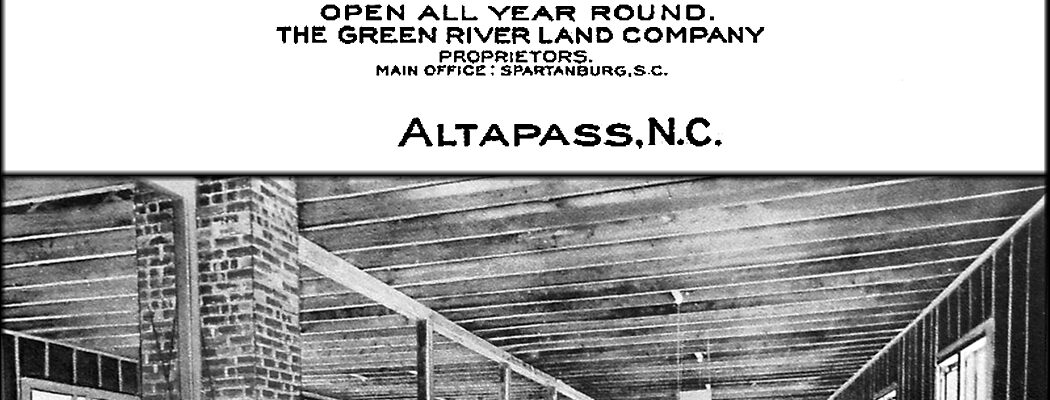December 1, 1910 found area residents at the Carolina, Clinchfield and Ohio Railway depot in Dante, Virginia anxiously waiting to embark a train for an invigorating snow-capped scenic excursion across the beautiful Blue Ridge Mountains to Spartanburg, SC.
The travel guide was Mr. David C. Boy, a stenographer for the railroad at its Johnson City office at Buffalo and Cherry streets. He resided at 404 E. Unaka Avenue.
After boarding the train for the journey south, the passengers heard the steam-operated engine performing its job. Mr. Boy assured everyone that there was no place in the country as readily accessible and more picturesque than the eastern slope of the Blue Ridge. Constructing the mammoth road in rough terrain was a daunting task in 1909 and one of the greatest engineering feats in America.
As they left the chilly coalfields of Dante, the morning sun slowly rose in the sky and distributed rays across the landscape causing frozen dewdrops to sparkle brilliantly throughout the valleys and hillsides.
Soon they approached the beautiful Clinch Mountain, a barrier that once impeded the progress of early pioneers as they made their way along the “Wilderness Trail.” The obstacle was summarily removed, not by eradicating the mountain, but by digging a mile-long tunnel through it.
As the train scurried from the tunnel southward, they were in awe at the beautiful valley of East Tennessee in front of them. When they crossed the north and south forks of the Holston River, they observed the little town of Kingsport in the distance. Continuing our journey, they crossed the historic Boon (Boones) Creek massive viaduct, which shortly ushered them into the flourishing town of Johnson City. As they passed by, Mr. Boy directed their attention to the picturesque setting of the magnificent Mountain Branch of the National Home for Disabled Volunteer Soldiers that was erected by the government.
The travelers continued their expedition to an area just north of the Tennessee-North Carolina State line, where nature astonished them with every pulsation of its big iron horse. It was there where there was an outlet through which passed the rippling, roaring, pristine waters that flow to the foothills of the Blue Ridge as it made its ceaseless journey to the sea.
The body of water became known as the Nolachucky (Nolichucky) Gorge. It was here where Daniel Boone trekked as he headed to the wilderness beyond. Also, brave pioneers marched across the Blue Ridge and fought in the Battle of Kings Mountain.

Altapass Inn, Altapass, NC, Bowling Alley, Billiard Room
By this time, the sun had reached its zenith and poured forth a flood of light upon the hills and valleys. The train chugged along beside the banks of Toe River until it reached the summit of the Blue Ridge at Altapass, which is 2,629 feet above sea level. They were in the heart of the Appalachian System with mountains rising on each side of them.
Directly in front was the main part of the Blue Ridge, through which was chiseled a tunnel nearly a half-mile in length. The train rolled along briskly darting in and out of tunnels until 17 of them had been passed.
Descending the south slope of the Blue Ridge offered the group the most picturesque scenes located east of the Rocky Mountains. The Clinchfield “Loop” began just beyond the summit and completed a circuit of eight miles. Here they began to see such mammoth snowcapped peaks as Table Rock, Grandfather Mountain, Hawk’s Hill, Roan Mountain and 56 others of varying heights. As the sun began to recede behind the western horizon, the beauty of the hills was further enhanced.
David Boy privileged his passengers to a picturesque tour that was aptly called “The Scenic Route Across the Blue Ridge.”
